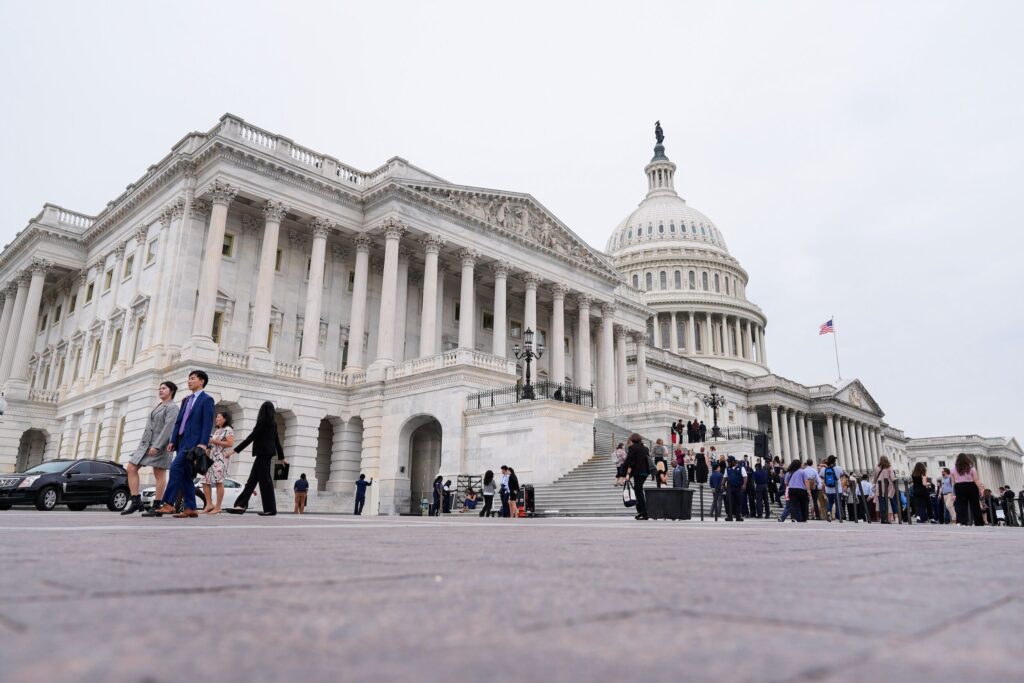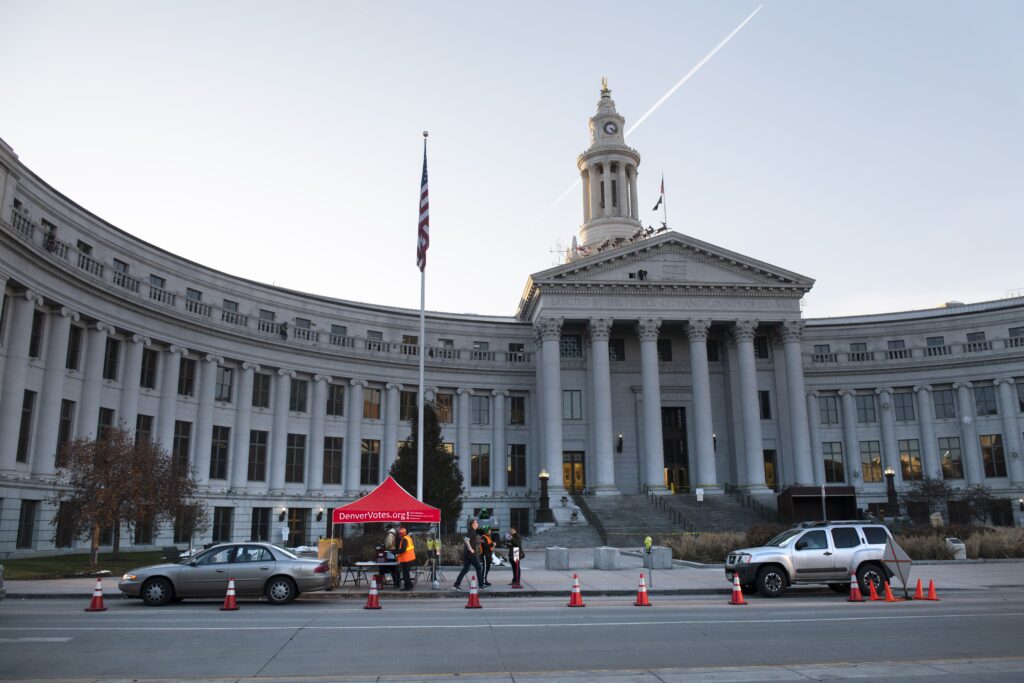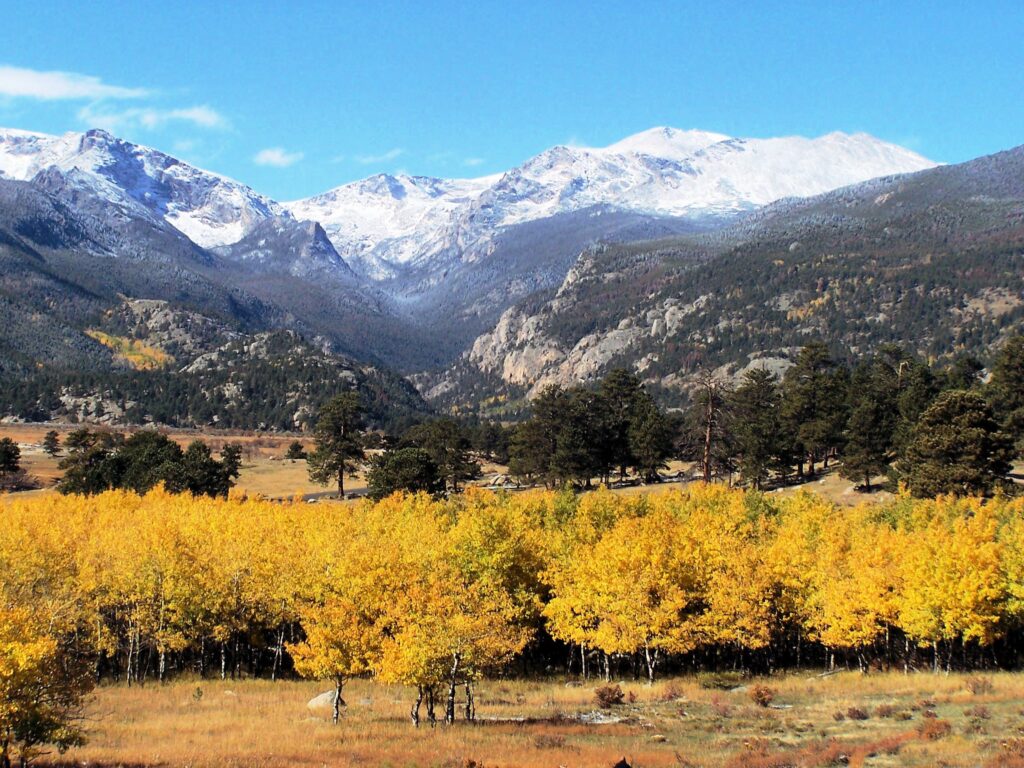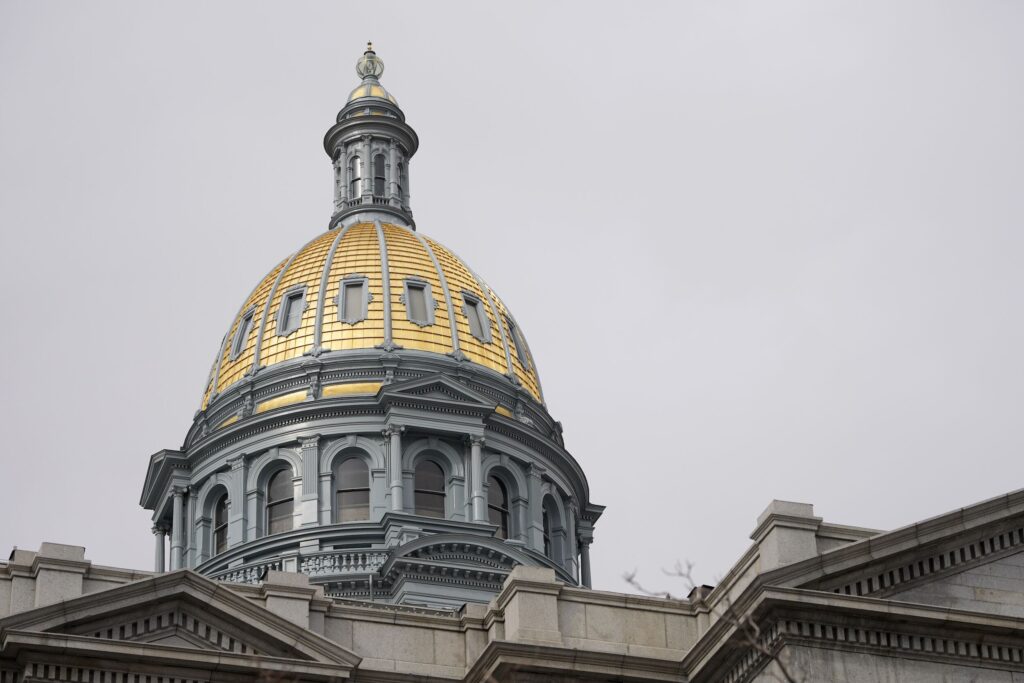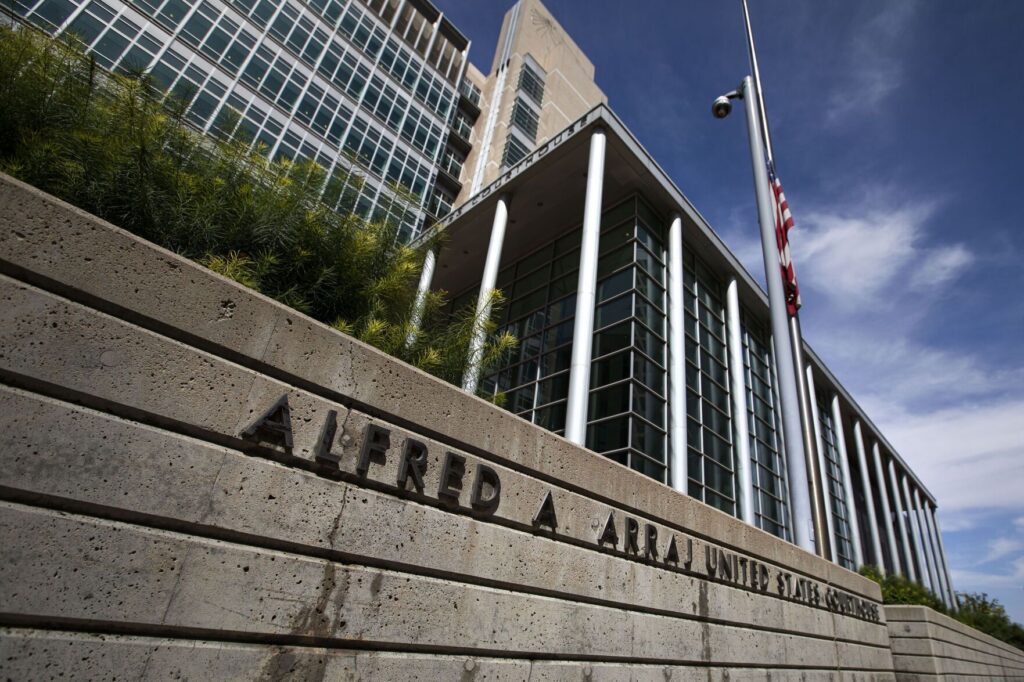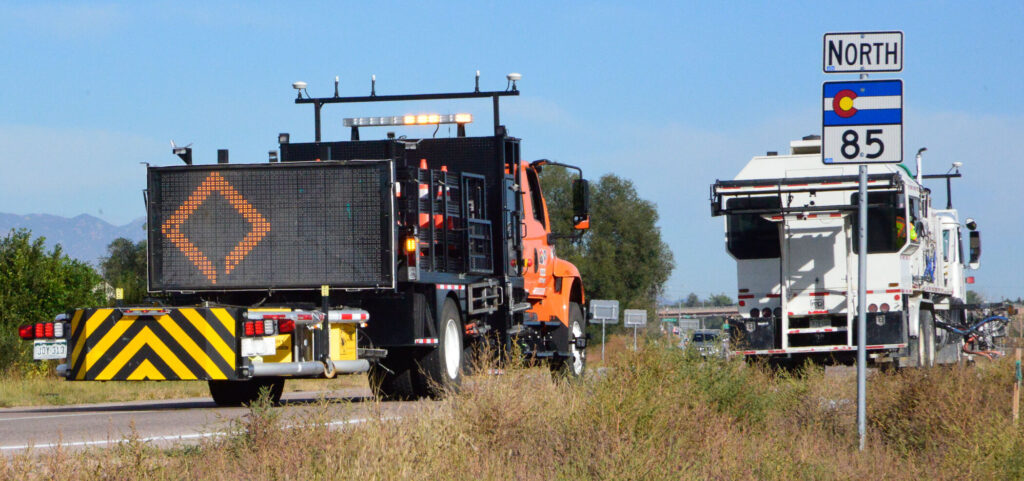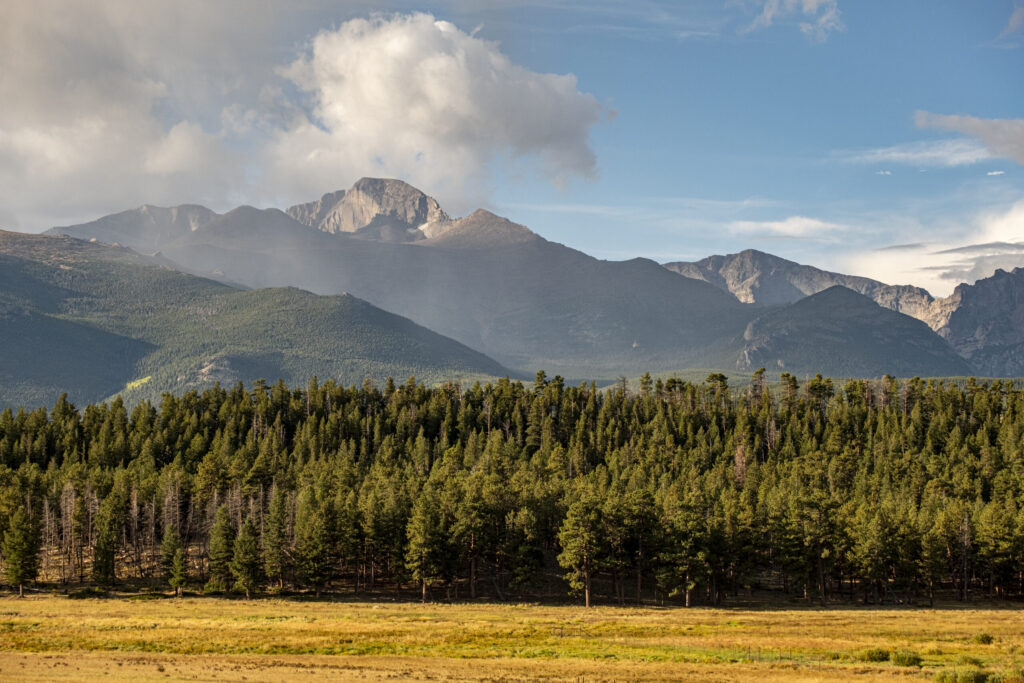State water plan updated, more to come
Colorado towns and cities could be asked to make big reductions in their water use, under a new goal added to the state’s water plan.
The statewide plan, ordered by Gov. John Hickenlooper in 2013, is now on its second draft. The first draft came out last December, and received more than 24,000 comments.
The biggest change from the first draft to the second is the addition of a chapter that originally was to show recommendations for legislation. It now focuses more on actions that the Colorado Water Conservation Board, the plan’s author, can take on its own, with legislative recommendations taking a secondary role.
The plan changed in other ways, too.
There’s more reference to climate change as an issue. The role of the state’s Indian tribes in water planning, approval and permitting got more attention.
But it’s the new goal of reducing municipal water demand by 400,000 acre-feet that has legislators and others talking. That’s a lot of water: one acre-foot of water is the amount of water it takes to cover one acre by one foot, or about 325,000 gallons. So 400,000 acre-feet is about 130 billion gallons of water. The average family of four uses about one acre-foot of water per year in the West.
In 2010, the Statewide Water Supply Initiative identified a gap of 1 million acre-feet of water by 2050, largely due to a projected increase in the state’s population. According to the 2010 report, the state’s population is expected to nearly double in that time. The SWSI will be updated next year, and many in the water community believe the gap will grow substantially.
The goal of reducing municipal water use by 400,000 acre-feet wasn’t in the first draft, nor was it included in any of the recommendations from the basin roundtable groups. These groups, made up of representatives of water interests in each of the eight river basins in Colorado, plus Denver, developed implementation plans to deal with Colorado’s looming water shortage. These implementation plans were incorporated into the statewide water plan.
The second draft identifies the municipal reduction as a “stretch goal” and is based on conservation. According to the draft, this goal will require changes in customer behavior, new regulatory mandates and innovations in technology. This will result in “high levels of customer participation,” according to the draft. “The committee believes this is achievable.”
The stretch conservation goal got the attention of legislators, who commented on it at Wednesday night’s Interim Water Resources Review Committee. The committee this week visited three communities to gather input on the statewide water plan (see sidebar).
Another facet of the plan that is getting less than positive reviews is a call for a new trans-mountain diversion.
It’s a sore subject for the Western Slope basin roundtable groups, environmental and recreation supporters. These diversions, which started more than 100 years ago, are tunnels that run through the Continental Divide and carry water from Western Slope rivers to the eastern part of the state. Conventional wisdom maintains that 80 percent of the state’s water comes from rivers on the Western Slope, and 80 percent of the state’s water is used in the eastern slope.
The plan indicates another trans-mountain diversion may be needed, which rankles Western Slope residents who believe the rivers are already over-appropriated; that is, more water being sent than the rivers hold. For example, the Colorado River basin roundtable group notes in their implementation plan that area agriculture will need another 100,000 acre-feet of water between now and 2050; municipal and industrial users will have a gap of 22,000 to 48,000 acre-feet of water.
One of the major points in the first draft is a first-ever conceptual agreement between the western and eastern roundtables regarding trans-mountain diversions on the Colorado. The second draft backed off calling it an agreement, and now refers to it as a “framework,” a less formal term. The framework, according to the second draft, sets out principles to guide further negotiations between those who seek a new trans-mountain diversion and the communities on the Western Slope that would be affected by more diversions. But the framework, the second draft says, does not take the place of specific negotiations or agreements.
Legislators and roundtable members continue to point out the lack of specifics in the plan, even with the new chapter on actions. One example is on just what the projects outlined by the roundtables could cost. The plan identifies $904 million in projects, but only from four of the eight roundtables. Not included as of the second draft: costs for projects from the joint plan submitted by the South Platte and Denver roundtables.
The new chapter on actions outlines programmatic and legislative actions that could be taken, such as aligning existing state funding to support the plan’s recommendations, identify new funding sources; support sustainable cities, in part through conservation; and address agricultural viability. The recommendations for action are laid out in timelines of six years or less, with much of them on a three-year or less deadline.
Drew Beckwith of Western Resource Advocates said recently the second draft is headed in the right direction, but it still needs some actionable and specific steps. Among those steps, he said, is to keep the public engaged, increase funding for healthy rivers and projects that support the environment and recreation, and “take off the table any consideration of trans-mountain diversions,” which he calls a “19th century idea.”


